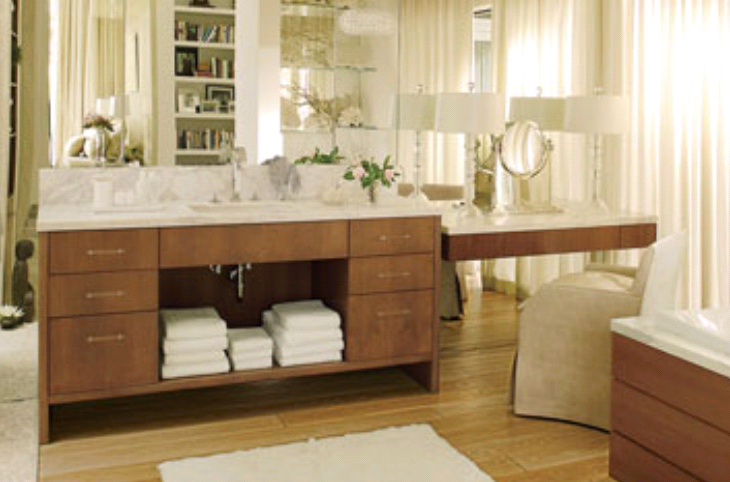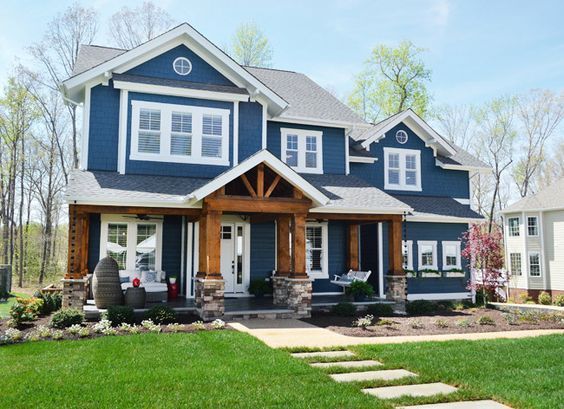The narrative of Imelda Marcos and her vast collection of shoes serves as a poignant reminder of the universal struggle with belongings and the spaces they occupy. While many marvel at the idea of owning thousands of shoes, others see a reflection of their own battles with clutter within the confines of their closets. This scenario, familiar to many, gains an added layer of complexity for seniors and their caregivers. The challenge isn’t just about managing an extensive collection but ensuring the living environment remains safe, accessible, and conducive to independence.
For seniors, especially those receiving in-home care, the design and organization of their living spaces can significantly impact their quality of life. The bedroom closet, often a primary source of disarray, symbolizes a broader issue of how we manage personal items and navigate our homes. Transforming this space into an organized, accessible area becomes not just a desire for aesthetic order but a necessity for a safer, more manageable lifestyle.
The Dilemma of the Bedroom Closet
For many, the bedroom closet represents a battleground where the struggle between maintaining order and succumbing to clutter unfolds daily. Just as Imelda Marcos found herself surrounded by thousands of shoes, individuals today face their own version of this predicament, with collections of shoes, clothing, and accessories spilling out from shelves and cubbies, demanding more space than what is available. This overflow not only challenges the aesthetics of a well-kept room but also complicates the simple task of choosing an outfit, turning what should be a sanctuary into a source of stress.
The root of the closet dilemma often lies in our failure to adapt our storage solutions to match our accumulating possessions. Initial attempts to organize, such as using vinyl cubbies or hanging pockets, soon fall short, leaving us resorting to stacking labeled shoeboxes on the floor. The result is a cluttered space that feels overwhelming to manage. This sense of disarray is not just an inconvenience; for seniors and those in their care, it can represent a genuine hazard, making the need for effective organization solutions imperative.
Closet Design Solutions
Recognizing the need for a more organized space leads many to consider professional closet design solutions. Whether it’s a compact reach-in closet or a spacious walk-in, professional designers offer customized solutions tailored to an individual’s storage needs and the room’s dimensions. These specialists can transform even the most cramped spaces into efficient storage areas, ensuring that every item has its place. The choice between a reach-in and walk-in closet often depends on the available space and the user’s needs, with each offering unique benefits in terms of accessibility and capacity.
Moreover, modern closet designs go beyond mere functionality. They are crafted to enhance the room’s aesthetics, reflecting the homeowner’s style while ensuring ease of access and use. For seniors, especially, the design can cater to specific needs, such as lower shelving for easy reach and non-slip surfaces to enhance safety. Through careful planning and professional insight, even the most cluttered closet can be transformed into an orderly, accessible space that supports independent living.
Streamlined Organization for Enhanced Care
In addressing the organization of a closet, especially in the context of senior care, the emphasis shifts towards creating a system that supports accessibility, safety, and ease of use. Streamlined organization means not only having a designated place for each item but also considering how the arrangement of these items can facilitate daily routines. For seniors, this might mean prioritizing the placement of frequently used items or ensuring that clothing is stored in a way that minimizes the need for reaching or bending.
Additionally, technology and minimalist design principles can further enhance the functionality of a closet. Features such as automatic lighting, easy-pull drawers, and adjustable shelving can make a significant difference in the usability of the space for individuals with limited mobility or strength. By marrying modern design with practical needs, caregivers can create a closet space that not only looks good but also promotes the well-being and independence of the seniors in their care, making everyday tasks simpler and safer.
Conclusion: Beyond Storage
In today’s world, closet designs also lean towards high-tech and minimalist aesthetics, favoring functionality and simplicity. These modern designs can be particularly beneficial in senior care settings, where straightforward, maintenance-free solutions can significantly ease the caregiving process. By adopting these streamlined approaches, caregivers can focus more on care and less on managing clutter and disorganization.
As we revisit the tale of Imelda Marcos and her shoes, it becomes clear that the issue of clutter extends beyond mere aesthetics. For seniors and their caregivers, an organized and thoughtfully designed closet space is a step towards fostering a safer, more independent living environment. It is a testament to the power of thoughtful design in enhancing the day-to-day lives of those we care for. In addressing the clutter in our closets, we open up new possibilities for comfort, safety, and autonomy, proving that even the smallest changes can have a profound impact on our quality of life.





